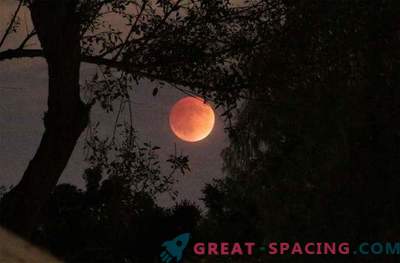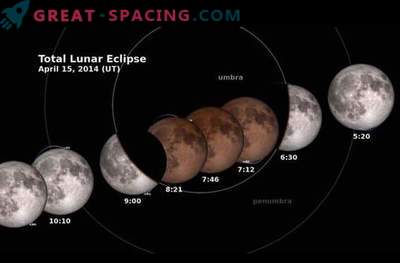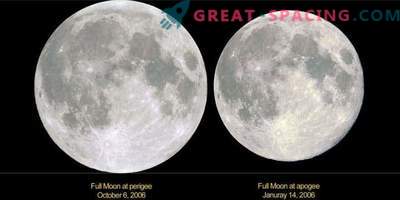
Astronomers in North and South America and Asia enjoyed the celestial show, which painted the moon in a reddish tint, creating the “Blood Moon”.
During a total lunar eclipse, rays of light fill it with radiance, which gives the moon a reddish tint.
The early phase of the eclipse began at 08:00 GMT or 4:00 am, on the east coast of the United States.
NASA, recording this event using a ground-based telescope, captured a black shadow crawling across the moon. Shadows took about an hour to completely absorb the moon.
Only when the moon was completely covered with shadow, did a reddish hue appear on it. The total eclipse also lasted about an hour, after which the moon returned to normal color. A total eclipse occurred at 6:25 am on the east coast of the United States (10:25 GMT).
A NASA commentator explained that during a total eclipse, if you were standing on the moon and looking at Earth, you would see a black ball with a ring of fire around it.
In Hong Kong, specialized observation sites were even created. They were located on the embankment of the harbor at the Hong Kong Space Museum and were equipped with various telescopes to observe the phases of the moon. In Tokyo's Roppong fashion and entertainment district, during the “Bloody Moon” enthusiasts performed yoga exercises. A lot of people climbed to the top of the city's skyscrapers to look at the sky.
On the east coast of Australia, observing the eclipse was problematic due to high cloud cover.
In New Zealand, the moon was close to its highest point in the sky.
This event was not visible in Africa or Europe.
This eclipse is the second of a series of four total lunar eclipses, which began with the first “Blood Moon” on April 15th. Such a series of scientists called the tetrad “Blood Moon”.
The next two full lunar eclipses will occur on April 4 and September 28 of the next year.
The last time the “Blood Moon” tetrad took place in 2003–2004, and the next predicted one will be in 2032–2033. In total, the 21st century will see eight tetrads.











































